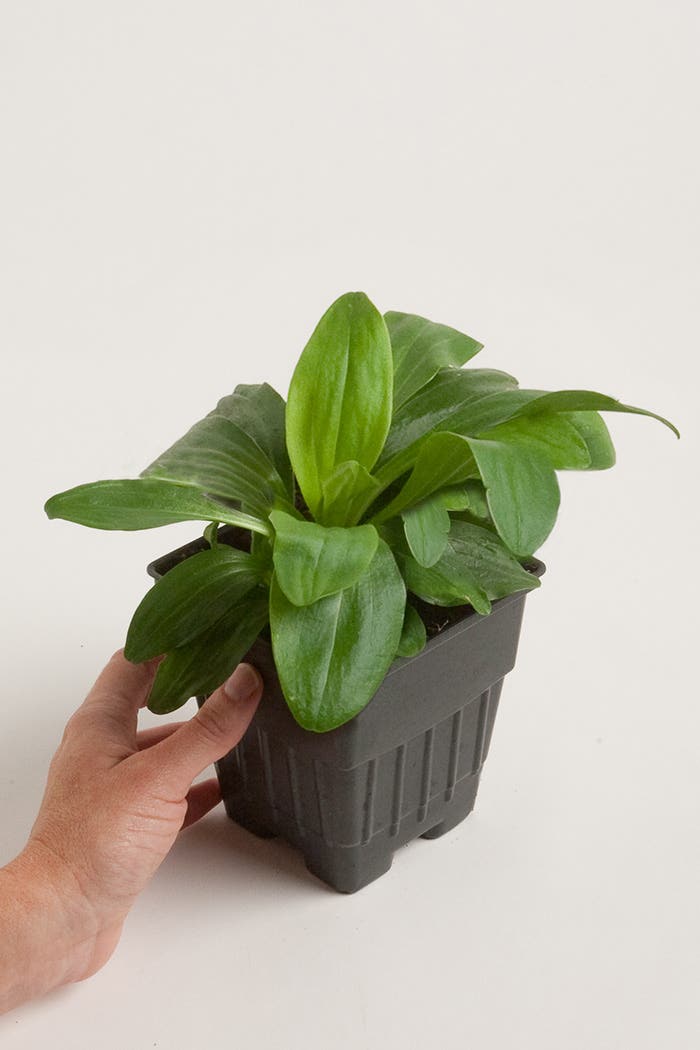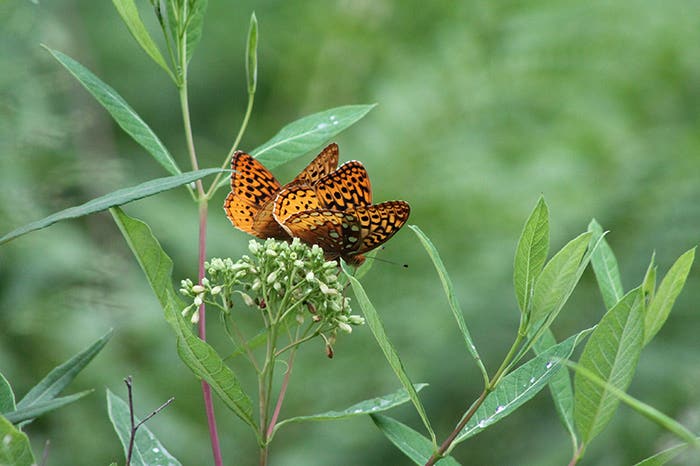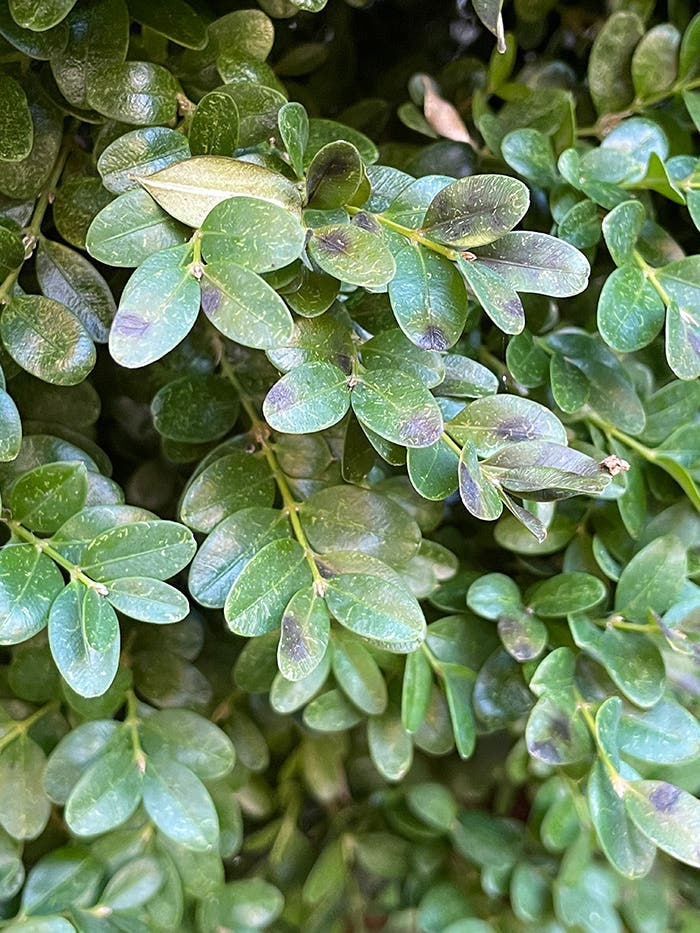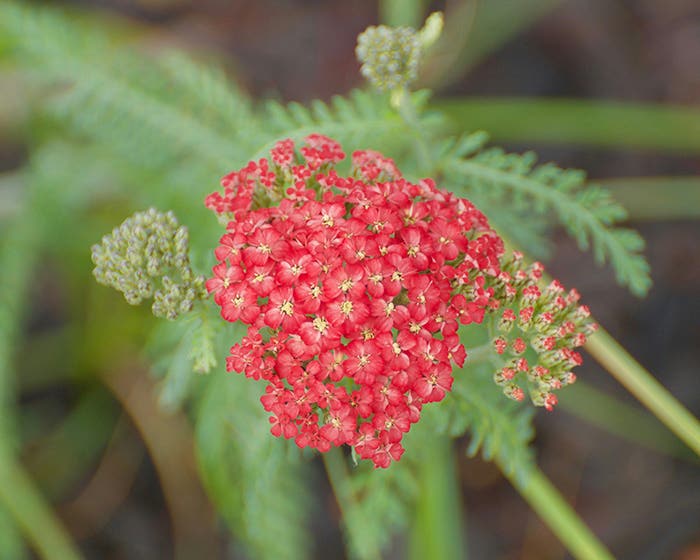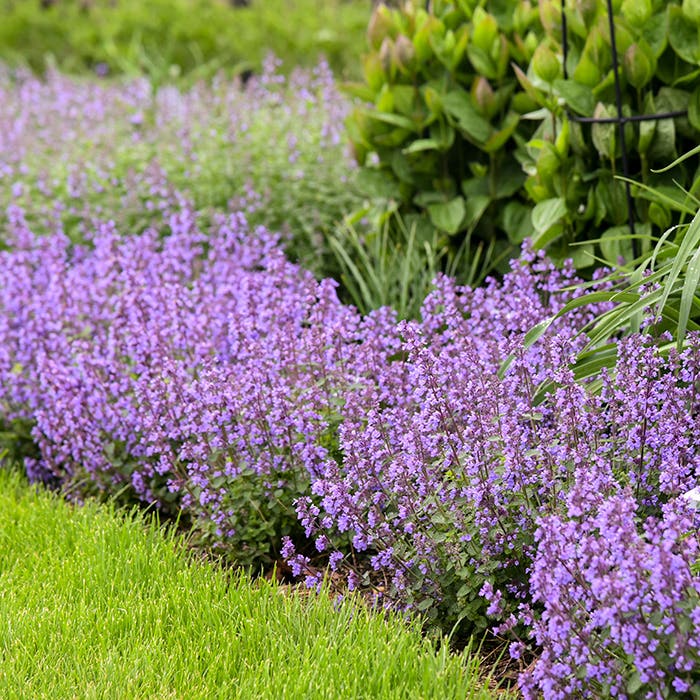How to Protect New Trees and Shrubs Before Winter
Special pointers for fall-planted trees & shrubs.
When rainfall and temperatures begin to moderate at the end of summer, it’s time to start thinking about fall planting. Fall is a good time to plant many different kinds of trees and shrubs and even perennials. (Read all about planting perennials in fall here.) Fall-planted specimens often settle into their new homes more easily than those planted in spring, because they usually don’t have to contend with a period of hot, dry weather the way the latter do.
Timing of fall planting has much to do with soil temperature. Many plants can grow roots when the earth is as cool as 45˚F. At planting time, the soil temperature at 6 inches deep should be about 55˚F. This gives plants ample time to start getting established. Conifers prefer a soil temperature closer to 65˚F, so they should be planted in earliest fall. In general, try to finish your fall planting about four to six weeks before your first expected frost date. In warmer zones where the ground doesn’t freeze solid, plant when the hottest, driest weather is behind you and the rainy season is beginning—usually October or November.
Plant trees and shrubs just as you would in the spring. Water the plant in well and then apply an even layer of mulch to conserve soil moisture and regulate soil temperatures. But woody plants may require some additional aftercare as winter descends:
If you garden amid deer and rabbits:
Surround trees and shrubs with tree guards, tree wrap or hardware cloth to prevent nibbling and damage caused by deer rubbing their antlers on the tree. Secure the wrap several inches below the ground to deter mice. For rabbits, the wrap should reach about two feet above the typical depth of snowfall in your area. Fencing and repellent sprays can also be effective against chewing animals. If you use a tree wrap, be sure to remove it in early spring.
If you garden in a snowy region:
Aside from suffering damage from animals, branches can also snap under the weight of ice or snow. Particularly susceptible are new, young plantings; trees and shrubs that have not been pruned; and shrubs growing under the eaves of the house or alongside pathways, driveways and the street. To guard against snow damage, remove weak branches, crossing branches and branches that are tightly angled against the trunk or another branch. (Prune at the appropriate time of year for the plant in question.) Avoid planting delicate shrubs under eaves where snow can slide off onto them, or alongside paths and drives where snow will be shoveled or plowed on top of them. Protect existing plantings in these locations by building an A-frame over them for the winter. Avoid dumping snow on shrubs when shoveling.
If your garden is home to voles:
The common advice to mulch fall-planted trees and shrubs is sound—but take care when you’re planting in a garden visited by voles. Voles are small, mouse-like animals that enjoy eating many kinds of vegetation. They will gnaw on the bark of young trees and shrubs, creating damage that can leave the plant prone to diseases and stress. To help prevent vole damage to newly planted trees and shrubs, avoid mulching right up to their trunks or stems. Leaving the ground bare will discourage shy, timid voles because they prefer to tunnel under mulch instead of moving out in the open where they are easily preyed upon by larger mammals and hawks.
Be aware of winter sun and wind:
Young, newly planted trees are also in danger of sunscald in the winter, which presents itself as dead, sunken, dried or cracked strips of bark, usually on the south or west side of a tree. It occurs when the sun warms the bark enough during the day to trigger cambial activity. When the sun goes down and temperatures plummet, the cambium dies. Thin-barked mature trees, including mountain ash, maples, crabapples, plums and cherries, are also prone to sunscald, as are trees that receive much sun during winter days, especially those near a paved surface that will reflect light onto them.
Sunscald can be prevented by wrapping the trunk with a tree wrap made of light-colored material. This will reflect the sun and prevent the cambium from warming up. Be sure to remove it in early spring; otherwise fungal and insect problems can occur, in some cases enough to kill the tree.
Just as the sun can scald a tree, so can the wind. Winter burn, the drying and browning of evergreen foliage, is caused when the plant loses too much water through its foliage. The water cannot be replaced via the roots because the soil is frozen. All evergreens may experience winter burn, but yews, arborvitae and hemlocks are most at threat. Evergreens sited on a southern or western exposure, where they get a lot of sun, are also susceptible, as well as those planted where they are hit by harsh winter winds.
Therefore, plant evergreens where they won’t be subject to winter sun and wind. Keep them watered well right up until the ground freezes. Protect exposed plantings from sun and wind by wrapping them in burlap or erecting a burlap fence to shield them. Alternatively, create a handsome windbreak of more rugged trees and shrubs to protect them.


